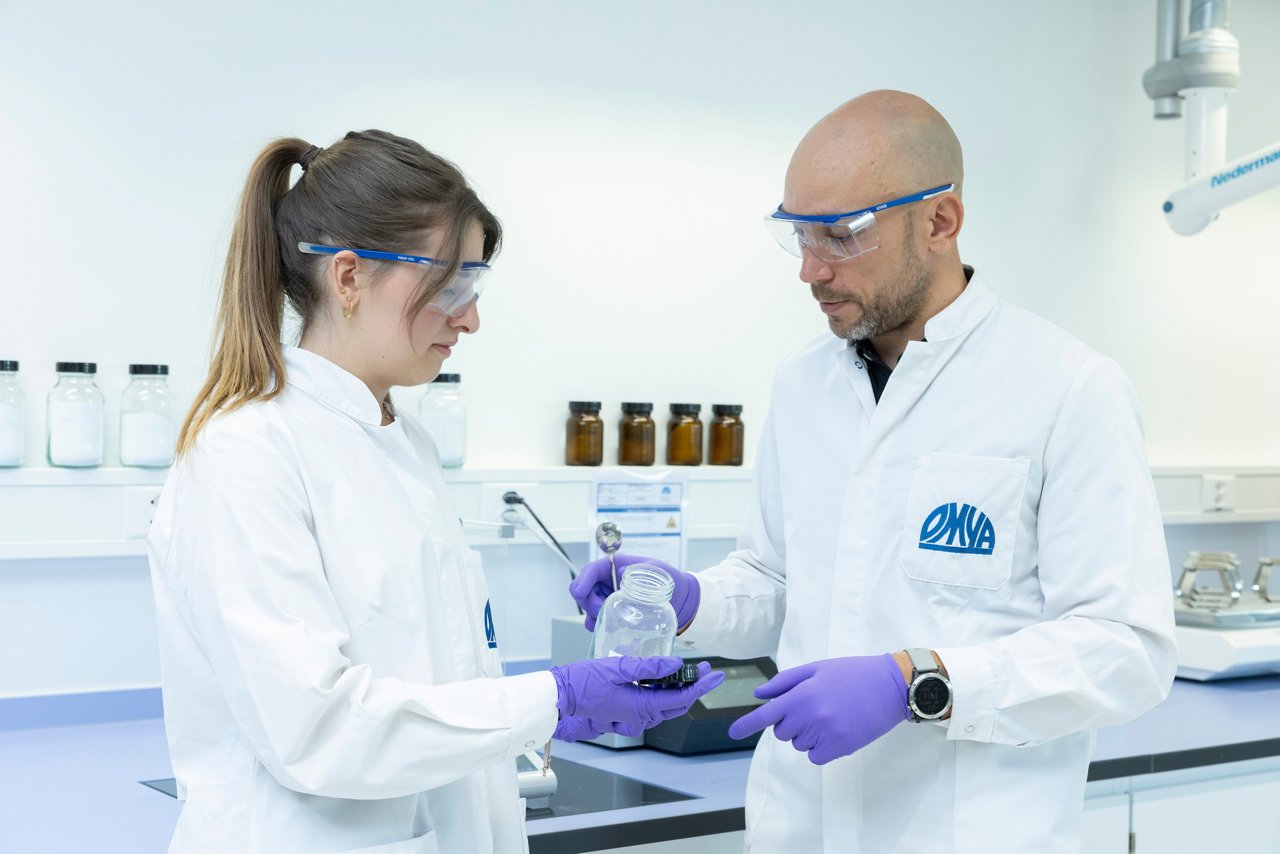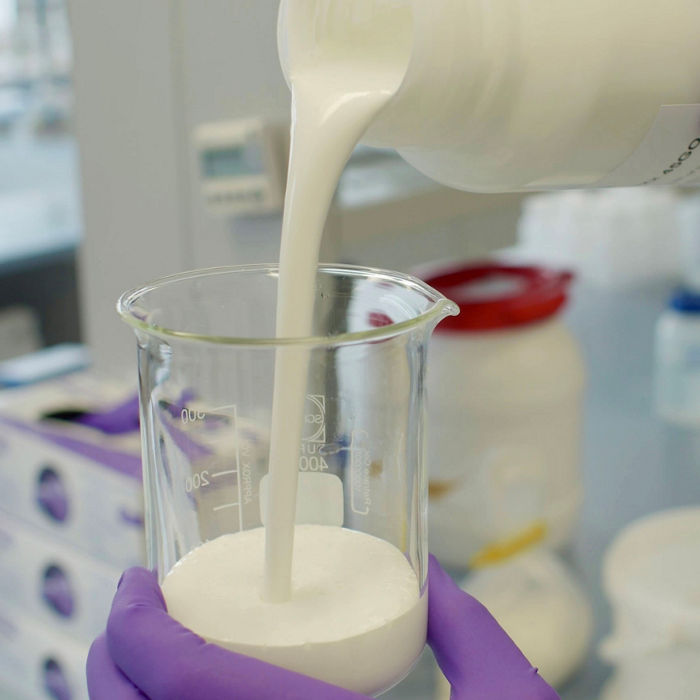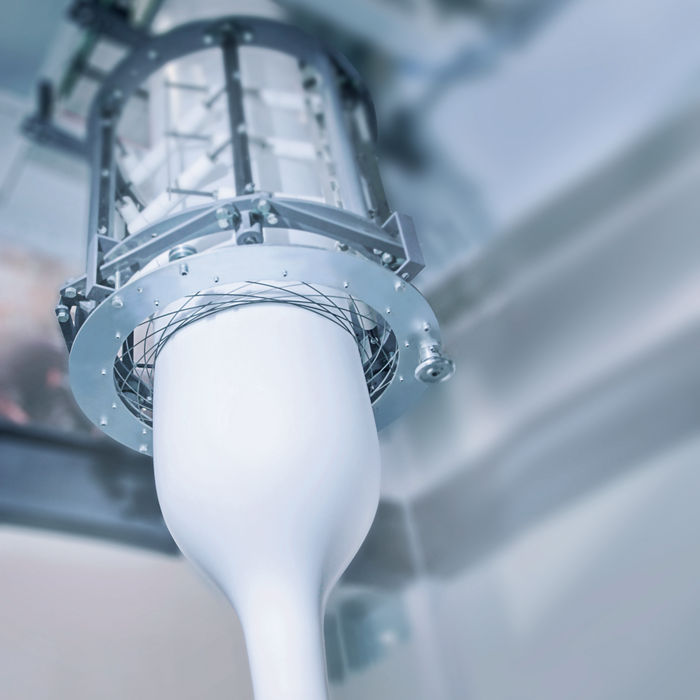For 140 years, Omya has focused on meeting the needs of current and future generations through our expertise in natural minerals. Since our first innovation combining fine chalk with linseed oil to make high quality putty for glass windows, Thinking of Tomorrow has been a fundamental building block in our success. Our Horizon Framework for innovation allows us to focus efforts on short-, medium- and longer-term challenges.
Horizon 1 - Technical support for customers
Our regional technical teams work on solutions to immediate customer problems, supporting process efficiencies and developing functionalities to improve their end products. This daily effort supports our customers and leads to ongoing innovation in our product ranges.
Horizon 2 - Development programs
With more than a hundred scientists working in our innovation hubs on three continents, and collaborative relationships with academia and business startups, Omya has a strong global innovation pipeline. Our 3 – 5 year development programs focus on the versatility and potential of natural minerals to improve sustainability, functionality and compatibility for market applications.
Horizon 3 - Solving future challenges
At Omya, cross-functional teams focus on solving the long-term issues facing our planet and society. We consider the effects of climate change, population density and resource deficit and ask ourselves, “What do we need to do today to be ready for tomorrow?”
Our purpose is to make life better through our passion for minerals and chemistry. We are bringing this to life by using our expertise to solve the challenges of the future.



